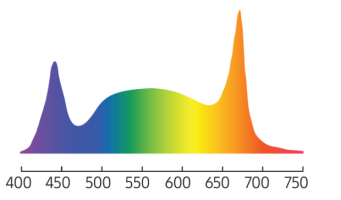Generative Energy Podcast #78
January 30, 2022
DR: Incandescent red light .. vs a single wavelength .. people sell those single wavelength devices for such an extraordinary amount of money .. And then maybe you mentioned that the single wavelength may actually be harmful in some ways.
RP: Yeah .. and the specific frequencies are something that just never existed in nature and so the whole system is experiencing semething new .. is always going to be something unnatural and unique.
And just the difference, just hasn't been studied enough to be sure that is even safe.
That there isn't enough skepticism about what pure red lights are doing, but there is data showing that it can make cancer grow, where the incandescent or sunlight type of absorption and resonance, no one has ever seen those effects from full spectrum.
January 30, 2022
DR: Incandescent red light .. vs a single wavelength .. people sell those single wavelength devices for such an extraordinary amount of money .. And then maybe you mentioned that the single wavelength may actually be harmful in some ways.
RP: Yeah .. and the specific frequencies are something that just never existed in nature and so the whole system is experiencing semething new .. is always going to be something unnatural and unique.
And just the difference, just hasn't been studied enough to be sure that is even safe.
That there isn't enough skepticism about what pure red lights are doing, but there is data showing that it can make cancer grow, where the incandescent or sunlight type of absorption and resonance, no one has ever seen those effects from full spectrum.
Last edited:

